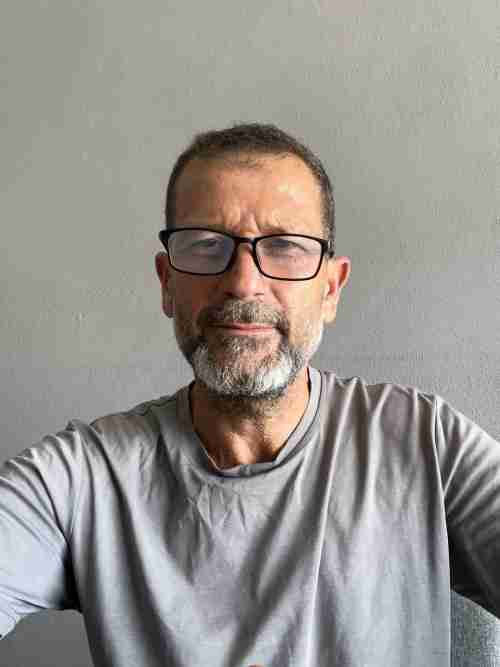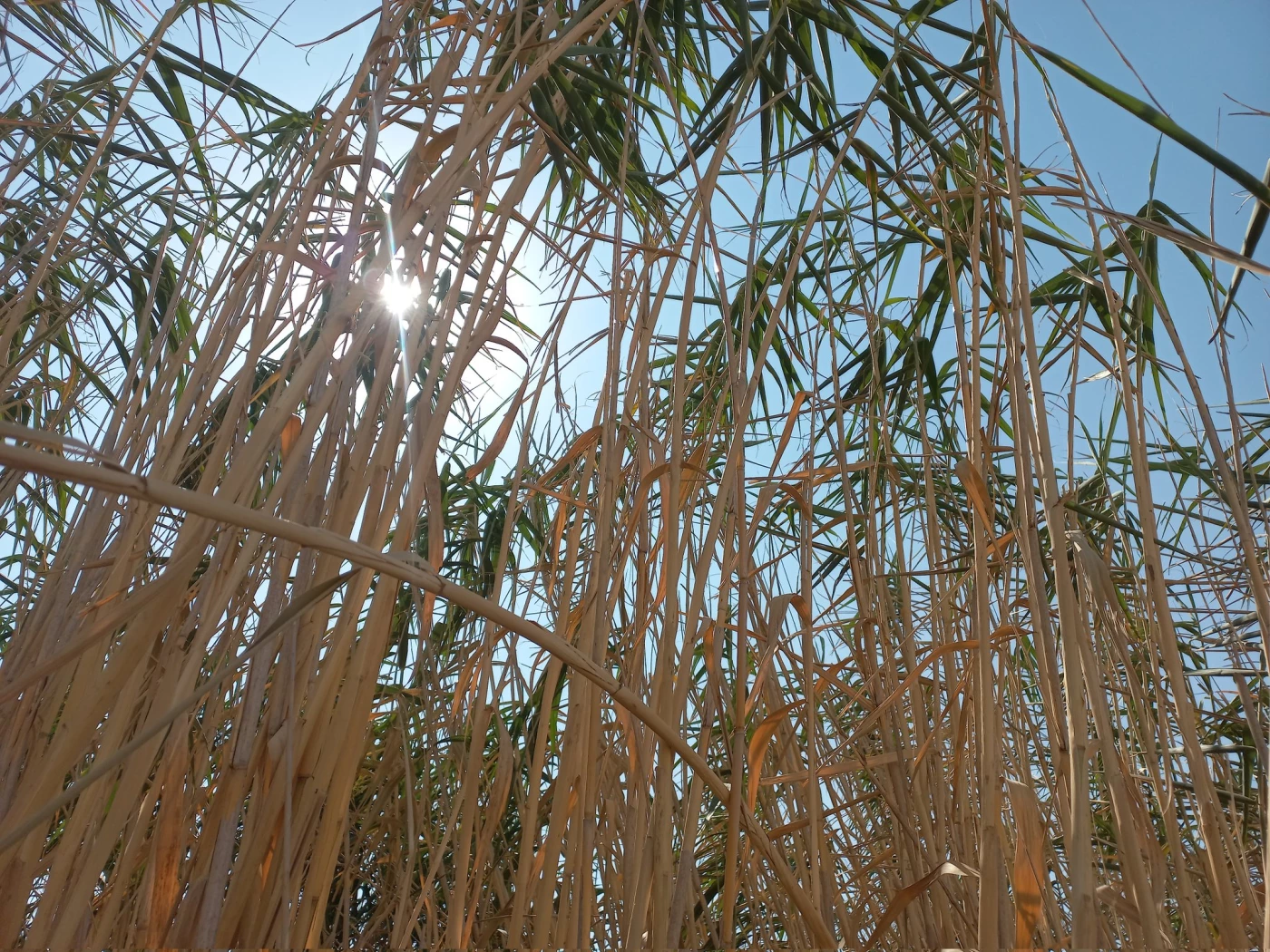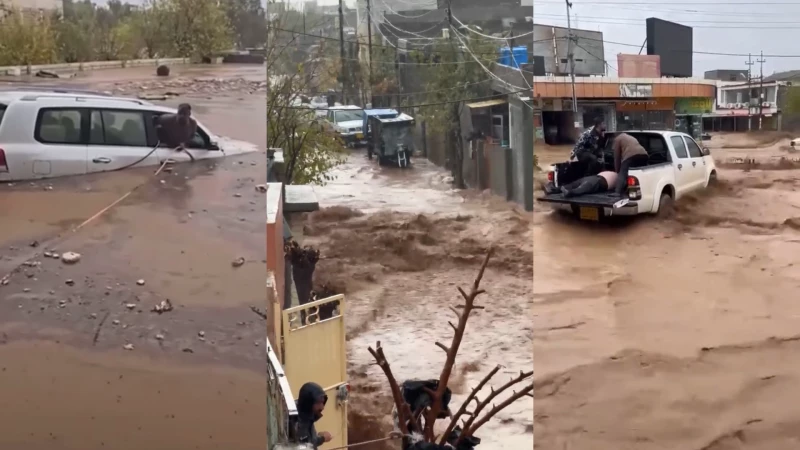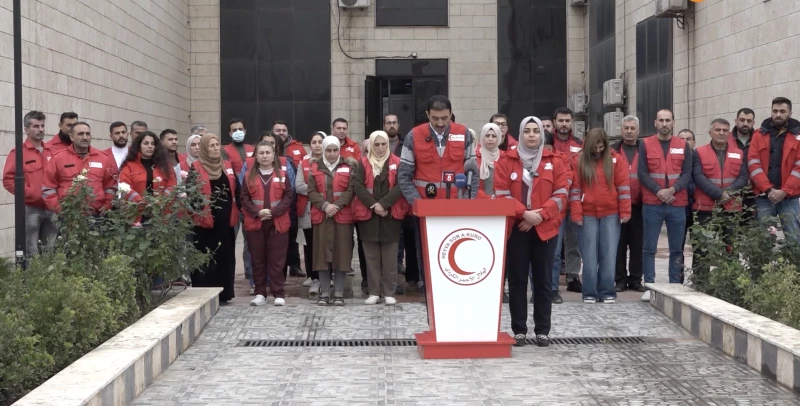ERBIL, Kurdistan Region of Iraq - One early morning three years ago, I woke up and went for a walk around a reedbed that has grown naturally in the middle of a stream between two hills somewhere west of Erbil. I had not slept well the night before due to summer heat. One side of the reedbed had a perfect shade with a cool breeze, thanks to the tall reeds that had blocked the rising sun.
So I lay down on the ground on the edge of the stream and went to sleep. When later in the day I told a nearby farmer about it, he told me I had lost my mind. He said there was a big snake living among the reeds and that several people had seen and even tried to kill it before. He warned me not to ever do that again, then went on to spread the word of my story among his village folk.
I have never seen that mysterious snake myself, even though I have walked around and explored the reedbed countless number of times. I have seen snakes along the stream, in the water and in the shade of plants, but never the scary giant he and everyone else was fearing.
I would not be surprised if I saw one as reedbeds are unique habitats, home to different species of birds, insects, reptiles, and small mammals. Whenever I stop and look closely into the reeds, less than two hundred meters from where I live, I see reed warblers, sparrows, coots, starlings, frogs, and pigeons. In the immediate vicinity of the reeds there are herons, egrets, black francolins, curlews, turtles, kingfishers, swallows, stilts, and foxes.
Reeds (Phragmites) come to life early in the summer, grow up to 5 meters tall and stay green until late autumn. Their main strength is their root system that holds the soil together and, in many cases, prevent flooding during rainy seasons. I have witnessed many times how that reedbed has slowed down flash floods that could have otherwise been devastating to the land.
Reedbeds also act as natural water filters. You can see muddy runoff water from a village going through a reedbed and coming out almost crystal clear, as if from a freshwater spring, not to mention their role in carbon sequestration.
Over the years I have noticed that different birds use the reedbed at different times of the day and for different reasons. Reed warblers and other small birds spend most of their time among the reeds. They nest, breed, and feed there.
Common coots, a black bird almost the size of a hen, are the permanent and most prominent residents of the reedbed. But unlike the warblers, they leave the reeds to swim in the stream and look for food among other tall grasses. At the sight or sound of the slightest threat they flock straight back to the safety of the reedbed, flying so low that they almost touch the ground. They also disappear the entire summer among the reeds and come out with the first rains of autumn.
Above the reedbed is the world of kites, falcons, and marsh harriers. They often come in the morning or late afternoons looking for prey. Gliding quietly in the air they first scan the ground below and every now and then dive down and pass through the reeds with a whooshing sound. The birds among the reeds instinctively notice the threat way ahead of time and suddenly go quiet all together, get lower into the reeds, and disappear until the threat has passed.
Reedbeds like this are everywhere. If you look closely, you can see them along highways, in riverbeds, along running or dry streams, and even in the center of cities and urban areas, particularly in undeveloped spaces. Wherever they might be they provide the precious habitat that those birds and creatures need and rely on for survival. Yet unfortunately in most places reeds are destroyed and uprooted to make way for construction or agriculture. We should instead embrace these small natural habitats and live in harmony with them.



 Facebook
Facebook
 LinkedIn
LinkedIn
 Telegram
Telegram
 X
X


